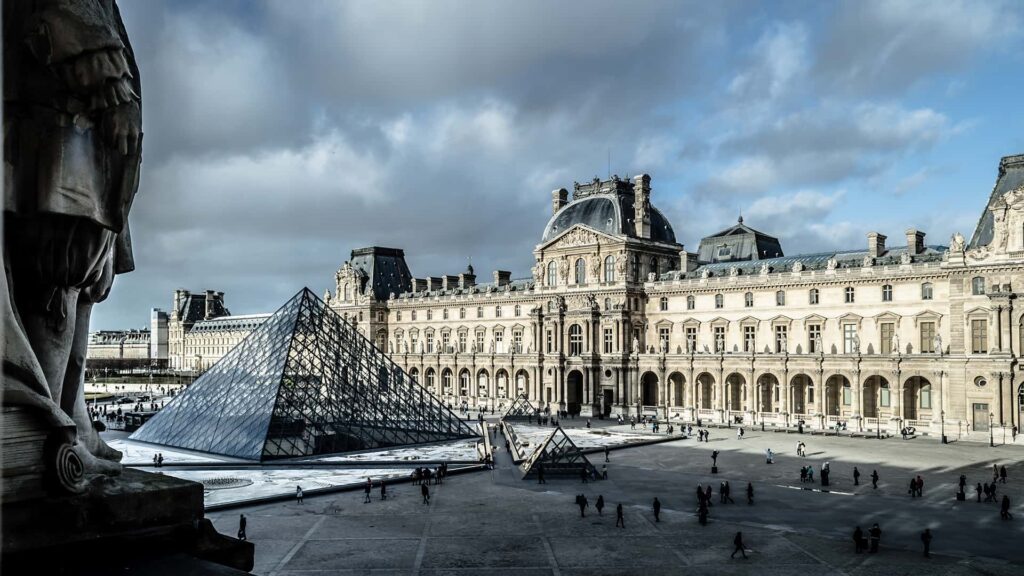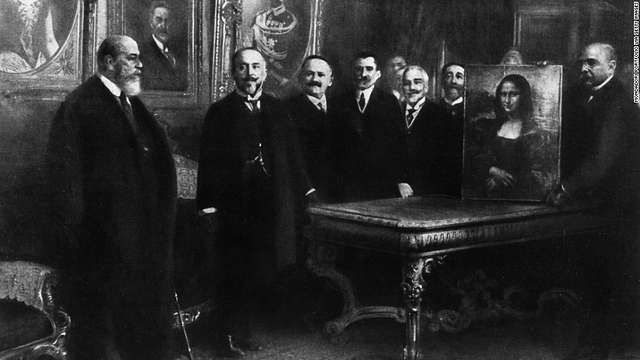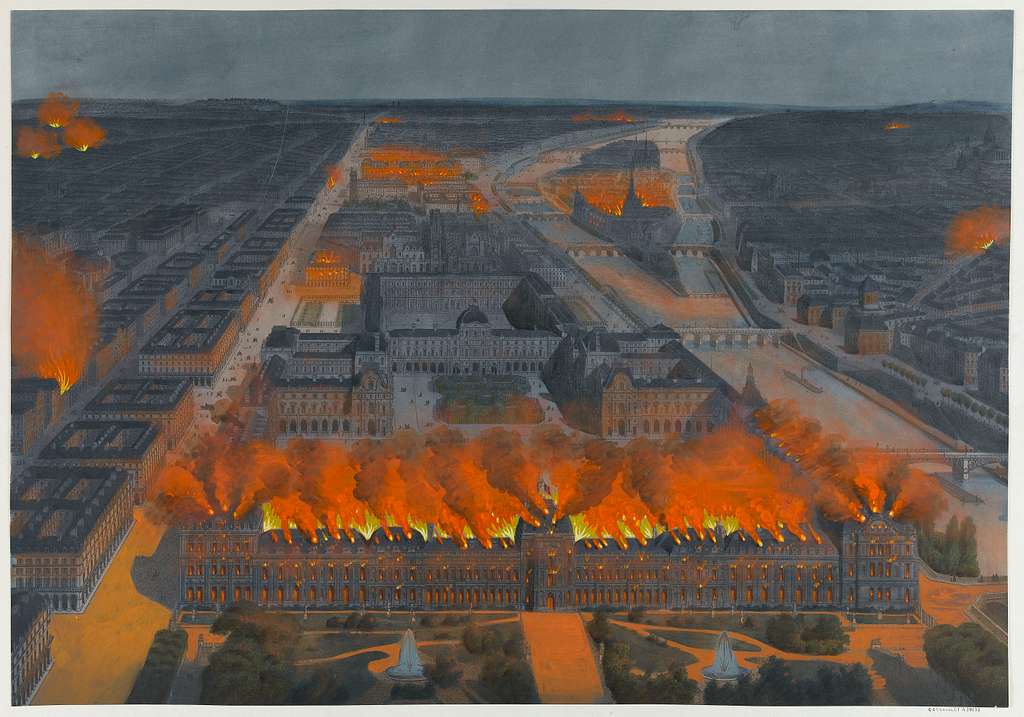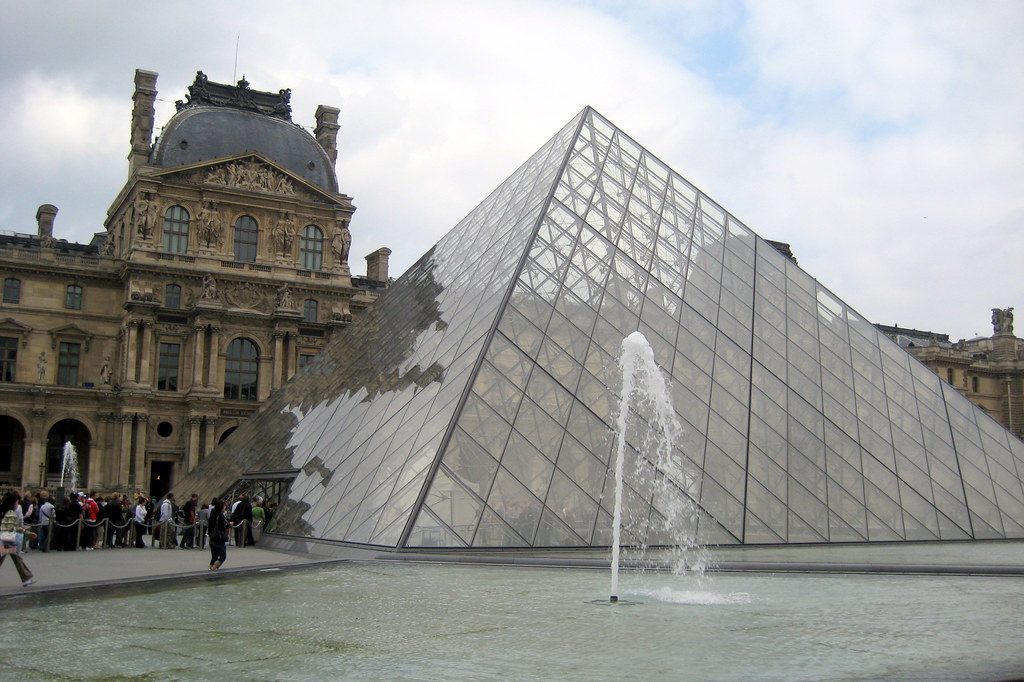The Louvre Museum in Paris stands as a beacon of art, captivating millions of visitors from around the world. Beyond its renowned collections lie fascinating tales of triumph, intrigue, and resilience. Join us as we delve into the key events that have shaped the illustrious history of the Louvre.

August 10, 1793: The Day the Louvre Opened as a Museum
On this historic day, the Louvre opened its doors as a public museum. During the French Revolution, the government repurposed the former royal palace, the Louvre, to showcase France’s artistic treasures. The inaugural display featured over 500 paintings, including masterpieces by renowned artists such as Leonardo da Vinci, Raphael, and Rembrandt.
August 21, 1911: The Theft of the Mona Lisa
On August 21, 1911, the audacious theft of Leonardo da Vinci’s iconic masterpiece, the Mona Lisa, from the Louvre, shocked the world. The painting, stolen by the disillusioned Italian handyman Vincenzo Peruggia, sparked an international manhunt and captivated the public’s imagination. For over two years, the Mona Lisa remained missing. It was discovered in Peruggia’s possession in Florence in december 1913.

May 23, 1871: The Fire of the Tuileries
In May of 1871 during the Paris Commune, the Tuileries Palace (adjacent to the Louvre) was set on fire. The fire raged for two whole days destroying much of the palace’s interior, including priceless artworks and furnishings.

August 25, 1939: World War II – The Evacuation of the artworks
On August 25, 1939, just days before the outbreak of World War II, the Louvre decided to evacuate its artworks to safe locations across France. Museum staff, led by director Jacques Jaujard and curator Rose Valland, orchestrated a daring operation to safeguard thousands of artworks from the looming threat of war and potential Nazi occupation. This initial evacuation marked the beginning of a concerted effort to protect France’s cultural heritage throughout the duration of the conflict.
March 29, 1989: The Louvre Glass Pyramid
In 1989, the Louvre underwent a bold transformation with the addition of the iconic glass pyramid entrance. Designed by architect I. M. Pei, the pyramid, surrounded by three smaller pyramids, serves as the museum’s main entrance, providing access to its underground lobby.

From its humble beginnings as a royal palace to its current status as a global cultural institution, the Louvre’s history is rich with captivating stories and defining moments. Whether opening its doors to the public for the first time, weathering the theft of the Mona Lisa, or safeguarding artworks from war and destruction, the Louvre continues to inspire awe and wonder, thus solidifying its timeless legacy.
If you want to discover more things about Paris, you can see our video on YouTube !
If you want to book a tour with My Private Paris: click here.
Article written by Sarah







